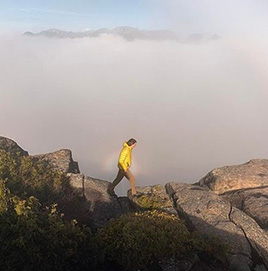Tuesday, July 25, 2017
By: Mary Godnick – Adirondack Council Marketing and Fund Development Assistant
For most of us “Adirondackers,” there is nothing that we love more than a short, or long, hike in the woods, paddle through a quiet pond or simply enjoying a morning cup of coffee watching wildlife in the back yard. When you spend time outdoors in the Adirondacks, you probably notice that you return home feeling refreshed, at peace and calm.
 photo courtesy of David AvigdorThere is science behind the physical and mental benefits of spending time in nature. Many studies show that spending time outside, even in a public park, on a bike path or in the garden, can improve your overall well-being. If you needed another excuse to get outside in the Adirondacks, we have some good news for you!
photo courtesy of David AvigdorThere is science behind the physical and mental benefits of spending time in nature. Many studies show that spending time outside, even in a public park, on a bike path or in the garden, can improve your overall well-being. If you needed another excuse to get outside in the Adirondacks, we have some good news for you!
Lower stress – Research shows that spending just 15 minutes to an hour of walking in nature, versus walking in an urban environment, can reduce heart rate and other stress signals.
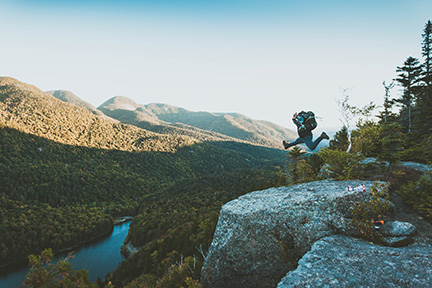 Jake Ingle on UnsplashHappier mood – Walking in nature has been shown to reduce blood flow to the negative thought parts of the brain. It also has shown to reduce “rumination” or what you might call brooding, which has been associated with depression.
Jake Ingle on UnsplashHappier mood – Walking in nature has been shown to reduce blood flow to the negative thought parts of the brain. It also has shown to reduce “rumination” or what you might call brooding, which has been associated with depression.
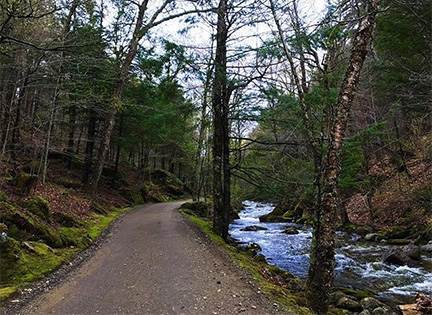 photo courtesy of SeanMore creativity – When you’re not constantly looking at your phone, and you’re in a natural space taking in the scenery, you have higher “engagement and arousal.” In other words, your attention isn’t being focused on thousands of messages at once. Your mind is more open, allowing creative thinking.
photo courtesy of SeanMore creativity – When you’re not constantly looking at your phone, and you’re in a natural space taking in the scenery, you have higher “engagement and arousal.” In other words, your attention isn’t being focused on thousands of messages at once. Your mind is more open, allowing creative thinking.
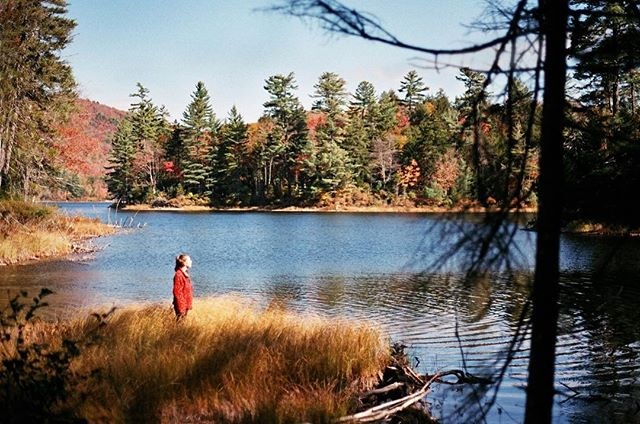 photo courtesy of Sarah Madigan KinslowImprove problem solving – One study showed that those that just returned from a three-day backpacking trip in wilderness did 50 percent better on problem solving tasks.
photo courtesy of Sarah Madigan KinslowImprove problem solving – One study showed that those that just returned from a three-day backpacking trip in wilderness did 50 percent better on problem solving tasks.
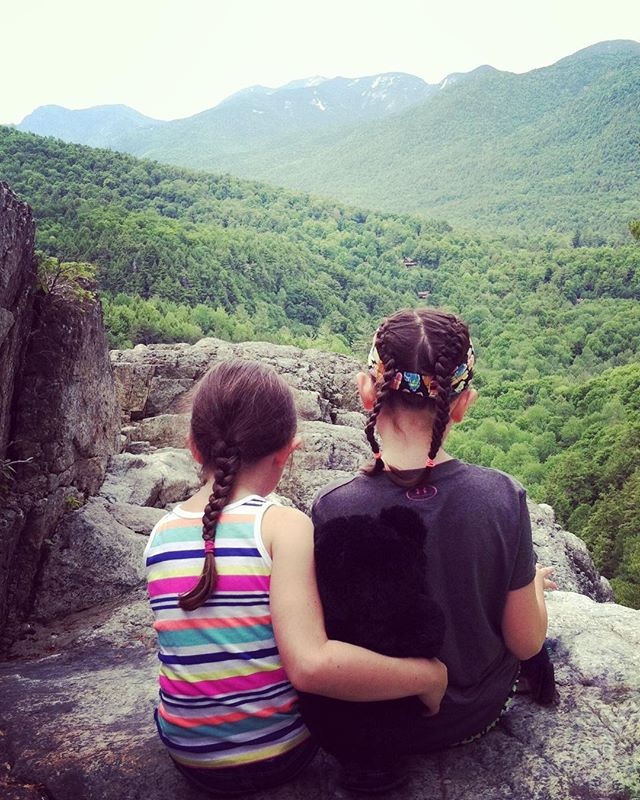 photo courtesy of Erika BKindness and generosity – Taking time to look at nature causes people to act more trusting, and more willing to help others. Spending time in nature can also make you appreciate our natural world. Kids that spend more time in nature will have a greater appreciation for it down the road.
photo courtesy of Erika BKindness and generosity – Taking time to look at nature causes people to act more trusting, and more willing to help others. Spending time in nature can also make you appreciate our natural world. Kids that spend more time in nature will have a greater appreciation for it down the road.
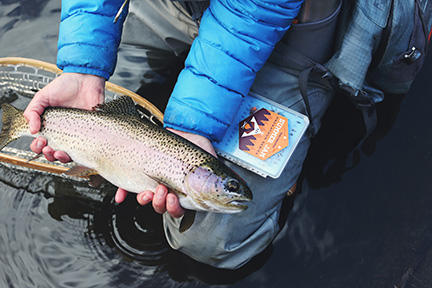 Photo by Sticker Mule on UnsplashThe good news is that you don’t have to climb a high peak or go on an overnight backpacking trip to earn the benefits of being outside. The Adirondacks provide a wide variety of options for a variety of activity levels. For a full list of parks, trails and recreational opportunities, visit the Department of Environmental Conservation’s website.
Photo by Sticker Mule on UnsplashThe good news is that you don’t have to climb a high peak or go on an overnight backpacking trip to earn the benefits of being outside. The Adirondacks provide a wide variety of options for a variety of activity levels. For a full list of parks, trails and recreational opportunities, visit the Department of Environmental Conservation’s website.
|
||||

